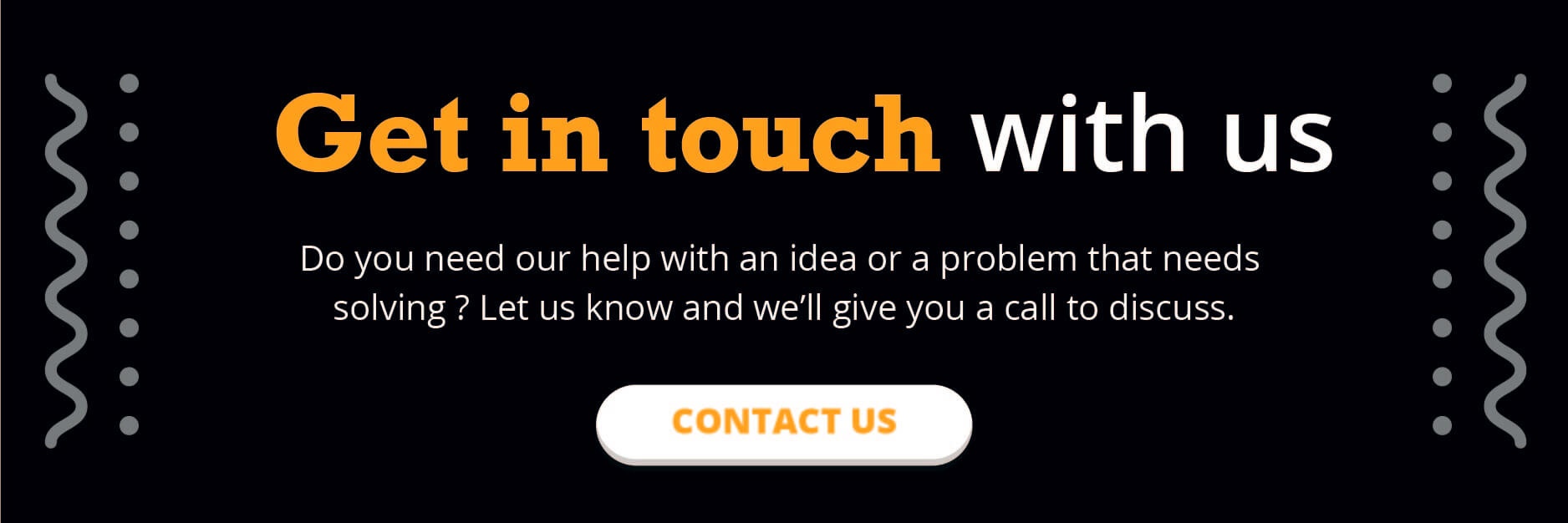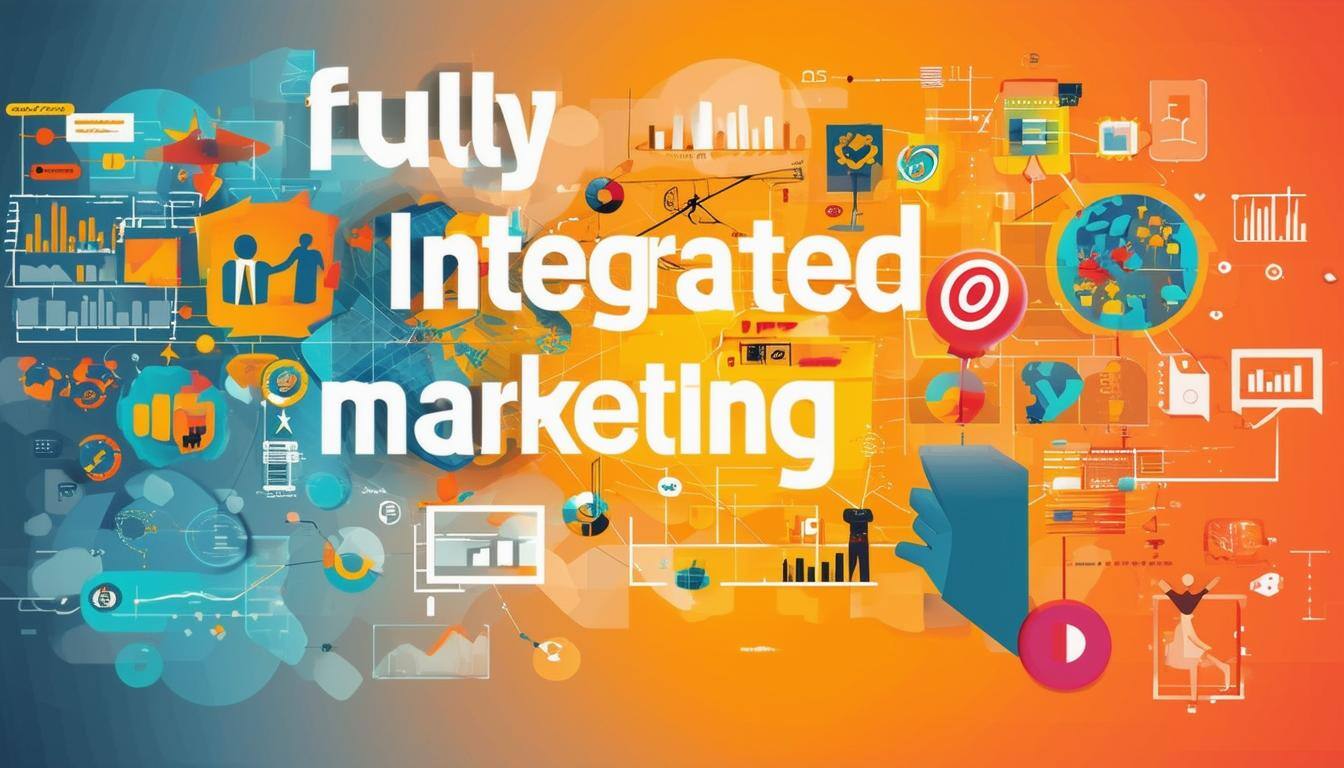
How do you approach your marketing strategy – especially during tough economic times? Do you believe it’s best to have something always ticking away in the background (always-on), or should you put all your time and budget into shorter projects (campaign-based approach) in times of uncertainty?
What’s the best approach to marketing during uncertain or tough economic times? At Penquin, we believe in doing a bit of both, but keeping the client’s needs and target market in mind.
Understanding always-on vs. campaign-based marketing strategies
Marketing Land describes the two approaches a bit more clinically: “...advertisers can be segmented into two categories based on their strategic goal – whether they’re focused on maximizing returns during specific periods (e.g. a chocolatier during Valentine’s Day, Easter or Mother’s Day) or looking to drive purchases at a more consistent rate throughout the year (e.g. an online furniture retailer).”
They both have to exist, but the preferred approach right now is to have shorter, campaign-based projects running, simply because if you're only running always-on campaigns, you’re neglecting the needs of your target market. Don’t get us wrong, it’s great to launch an always-on campaign, running a big competition or driving retail sales with big discounts and getting a spike in traffic (which could be website traffic, or feet in the door), which leads to a spike in sales, but you might be missing out on other essential opportunities and quick wins.
Our best advice for consistently good numbers during times of uncertainty, is to run shorter campaigns and get a feel for your target market and, once you’ve gathered sufficient data and optimised for maximum conversion rates, turn these into always-on campaigns.
According to the Twitter Marketing blog, “In uncertain times, brands that maintain a strong presence and adapt their messaging to be more relevant have real opportunities to increase their share of voice and build their brand at an accelerated pace.”
The benefits of a campaign-based marketing strategy
Campaign-based projects are more agile, need less commitment and can help you make a much bigger impact in the market, as you can focus on specific moments or seasonal holidays occurring throughout the year and take advantage of them. It definitely helps you to save marketing costs, because you're not constantly funneling money into a particular channel. This allows you to be more strategic and tactical with your marketing spend and overall budget.
Campaigns can be as short as two weeks, depending on what exactly you’re trying to achieve and sometimes you would implement some time-based tactics so that those would only last for a short while. Your biggest focus should be on your consumers, which are generally at the end of the purchase cycle. These consumers are right at the tipping point of making a sale and they just need that small motivational push to get them to actually purchase your products or services.
The Twitter Marketing blog continues, “Meanwhile, brands are now reporting a direct correlation between campaign relevance and an increase in positive brand drivers, showing the effectiveness of adapting messages to the current situation… And in a world emerging from COVID-19, this is more important than ever, as people instinctively turn towards the brands they know and trust.”
Need help with shorter Campaign-based projects?
Contact us so we can discuss your needs.
When to switch to an always-on marketing strategy
If you already know where your target market “hangs out”, it’s wise to have a permanent presence in the locations where your consumers would naturally expect to find you. An always-on approach is this consistent awareness that happens in the background so that you remain top of mind – and then in between that you run your campaigns so that you don't see as drastic a dip in traffic and sales numbers. This type of campaign would generally run from the awareness to decision phase of the buying cycle. As Market Land describes, “Very event-focused advertisers still will spend modest amounts to attract customers during the ‘down times,’ while advertisers spending more consistently will still likely boost their activity at some point during the holiday shopping season.”
The marketing metrics that matter
The success metrics of both your campaign-based efforts and always-on strategy depend on the overall goals and objectives of the client. However, as a rule of thumb, your two most important things to be measuring will be conversion rate and sales.
Budget strapped for your always-on campaigns? Try a digital strategy
For years the big retailers, like the Checkers and Makros of the world, had a pretty straightforward always-on strategy: publishing broadsheet advertisements in the local, regional newspapers. In between that, they will also do the big Heyday sales, Birthday Sales, Back to School sales, or something like Edgars’ Red Hanger Sales.
However, a print strategy for the always-on approach isn’t always the best way to get in the public eye, depending on your audience. For one thing, it doesn’t reach the audience it used to (though it can still be extremely effective – especially when used in conjunction with other marketing spaces), and for another, there are other, very low-budget ways to reach audiences.
Helpful digital marketing strategies you can implement now:
Social media marketing
Social media platforms are free (though you might need some paid campaigns to get your profiles kick-started) and a great way to get a service-driven approach out there. Check out our social media pages to see how we do it.
PPC (pay-per-click advertising)
As Wordstream defines it, “PPC stands for pay-per-click, a model of internet marketing in which advertisers pay a fee each time one of their ads is clicked. Essentially, it’s a way of buying visits to your site, rather than attempting to ‘earn’ those visits organically. Search engine advertising is one of the most popular forms of PPC. It allows advertisers to bid for ad placement in a search engine's sponsored links when someone searches on a keyword that is related to their business offering. For example, if we bid on the keyword ‘PPC software,’ our ad might show up in the very top spot on the Google results page.”
Remarketing and retargeting advertising
“The biggest difference between retargeting and remarketing is the strategy that's used to reach potential customers who have left your website without making a purchase. While retargeting typically relies on cookies dropping ads, as described in the explanation above, remarketing usually uses email,” explains Outbrain.
Programmatic advertising
“Programmatic ad buying, put simply, is the use of software to buy digital advertising. Whereas the traditional method includes requests for proposals, tenders, quotes and human negotiation, programmatic buying uses machines and algorithms to purchase display space. However, it is not the complete automation of the ad buying process. Traditionally, you would have manually prepared insertion orders or ad tags, which can be menial but labour intensive. With programmatic ads, humans have more time for the optimization and improvement of ads,” says the Digital Marketing Institute.
In real life: an anecdotal case study
When we first started doing marketing for Suzuki, we would run launch campaigns for two to three weeks, and then we'd switch them off until the next launch. We saw exactly what you’d predict: a spike in sales, and then a drop in sales, a spike in sales, and then a drop sales... and it never has the opportunity to gain traction. We then adopted an always-on approach and over time have seen steadier sales, with consistent growth. The always-on strategy is more of a long game, because it takes time to build that base level of awareness. But once you've got that longevity and once you have the sustainability built up, it starts to snowball.
There’s always been that kind of argument in advertising: retail (campaign-based) vs brand awareness (always-on) and for us there are huge benefits to building that constant, awareness.
An example of an unsustainable campaign-driven approach is to focus on running competitions only. Competitions drive the wrong behavior; people just want to enter with the potential to win. They're not actually buying into the brand. You have this influx of people entering, because they want this grand prize and then after that all of their engagement drops.
If you know the brand and results you get from its campaigns, it’s always best to do a combination of campaign-based and always-on marketing. But, campaign-based marketing will give you your quick wins and is great for brand awareness and instant results. Most of the big brands, however, are already doing a combination of both – will you join them?
Contact us to get your marketing campaigns rolling.





SUBMIT YOUR COMMENT